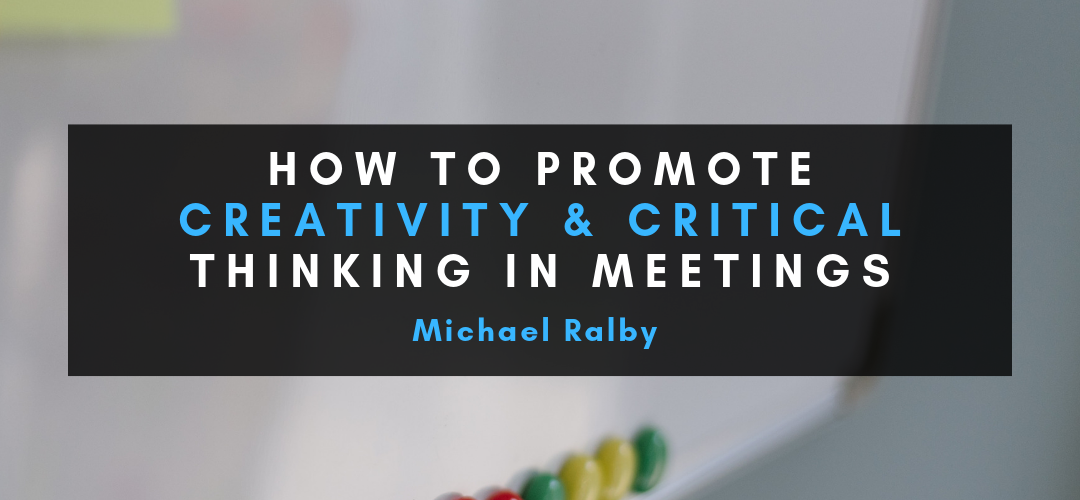Whether brainstorming new product ideas or attempting to solve a persistent issue in operations, creativity is an essential yet underrated aspect of productivity and problem-solving. When hosting a meeting with a specific purpose, it is important to encourage and accept creative ideas. Though some ideas may seem outlandish at the time, these ideas could evolve into or lead to a true solution. Below are a few ways you can promote creative thinking in your next meeting.
Draw Up A Solution
Even for individuals who are not artistically inclined, drawing can serve as a productive outlet that leads to innovation and success. There are a few specific exercises you can use to incorporate drawing in a productive way. Some of the exercises aim to increase creative thought while others are designed to produce actual solutions to a concrete problem. Techniques like the storyboard encourage the development and presentation of a story; for marketing tasks, storyboards are effective in crafting an ideal story to tell, but for other meetings, storyboards can help get individuals to think more creatively and emotionally.
Other techniques involve the visualization of problems to make them more tangible and approachable. Identifying key, abstract tenets of an issue, illustrating them, determining emotional and logical connotations, and so on can help individuals recognize the reality of their obstacles and work to find a better solution.
Think Quickly
Perhaps a more universal strategy is simply encouraging team members to think quickly and participate without hesitation. Doing this exercise promotes creativity and limits self-doubt because individuals will feel less pressure when blurting out ideas when they know their ideas do not need to be polished beforehand. Encouraging everyone to share an idea regardless of how possible or coherent it is shows that the team is oriented around collaboration, and once everyone has shared, you can facilitate a more in-depth conversation to decide which solutions warrant further discussion and exploration. This activity is productive, active, and creative.
Another variation of this exercise entail requesting the “worst” idea. Asking your team to come up ridiculous, impossible, or impractical ideas encourages participation and can instill a competitive, energetic energy in your meeting. Successful ideas can come from terrible ones, and encouraging discussion and development from this exercise can make your meeting a hit.
Creative thinking is essential in all industries, and though some meetings may seem like they require structure and stability, embracing exercises like the ones described above can actually result in breakthroughs as well as collaboration and team-building.
This piece was originally published on MichaelRalby.org


